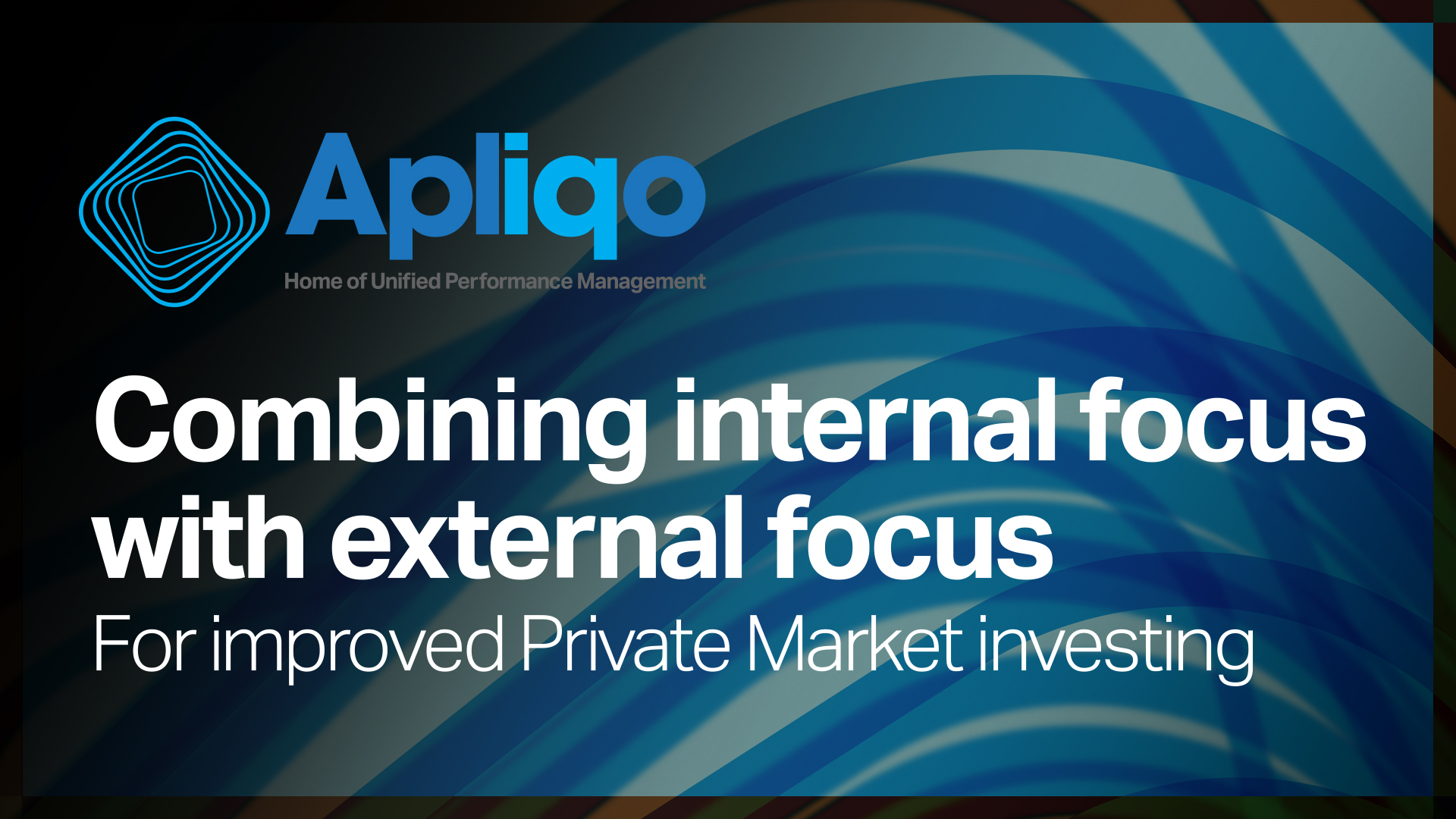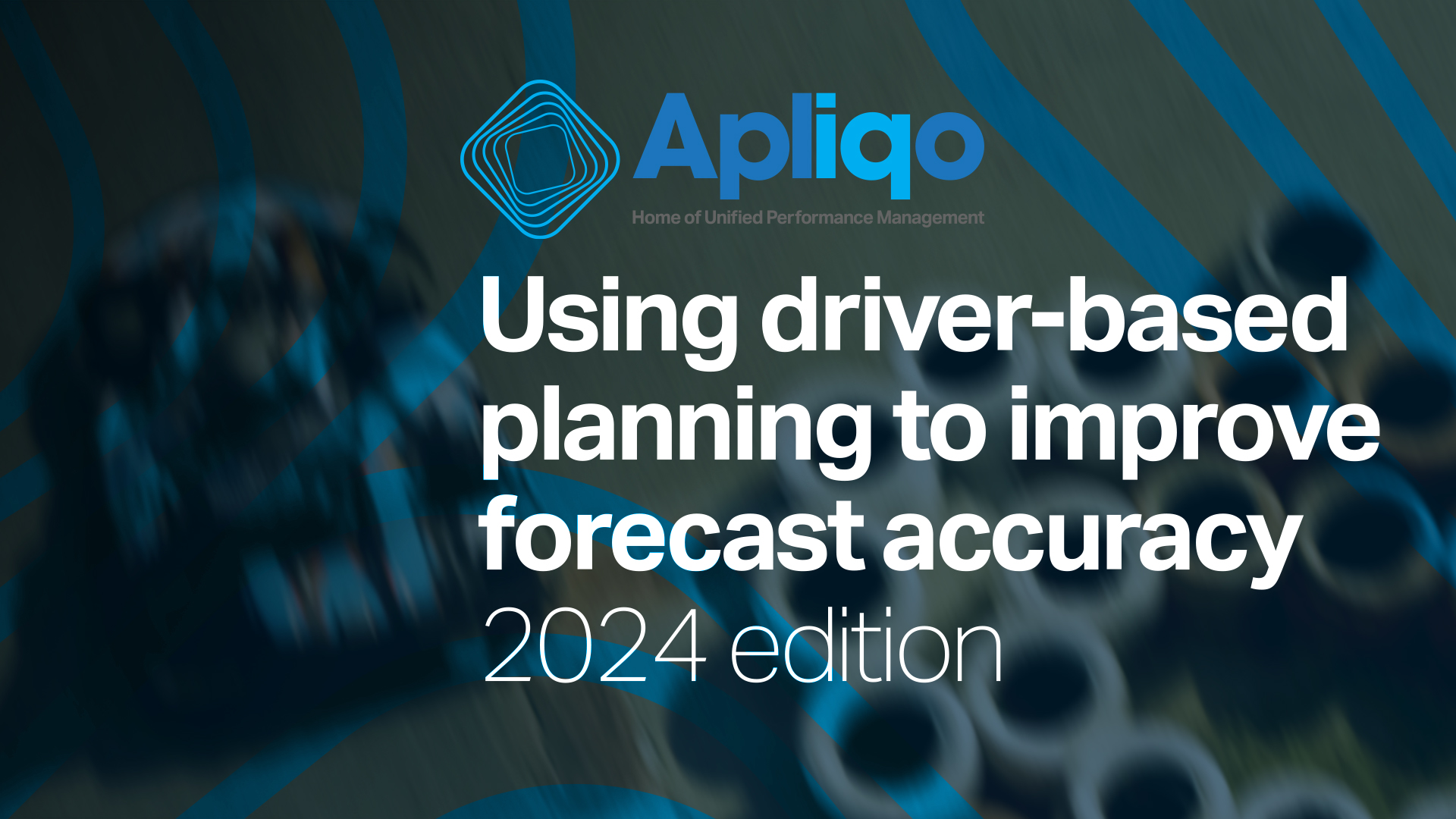In the following interview, learn how he got into the field of FP&A, his opinion on how it has evolved and where it is heading.
Jack, last year you published the must-have reference manual on Financial Planning & Analysis (FP&A) and Performance Management (PM). How did you get into the field?
In the late 1970s, early in my career, I read an article that described what CEOs were looking for from CFOs. My notes from that article highlight four attributes, all of which are what we have come to call FP&A:
- Credibility of forecasts
- Dispassionate, hard-headed analysis
- Balance between cost model and growth
- Kinship and teamwork
I always viewed “FP&A” as an important facet of my financial management responsibilities. I believe that this emphasis directly contributed to my career success and ultimately in achieving the position of CFO. Over the last several years, I have focused on assisting finance professionals in improving FP&A.
2. As CFO, lecturer, consultant, and entrepreneur, you’ve seen up close how FP&A have evolved over the last 40 years. What has changed during this time?
There have been two major drivers of change over my forty+ year career. The first is that the pace of change and the degree of uncertainty have increased exponentially. This has dictated a different approach to FP&A, including scenario planning, monitoring critical assumptions and drivers and shifting our focus to include the external environment.
The second driver is the advancement in technology and management sciences which have enabled significant improvements in FP&A work products and services. The advancement in technology is obvious, taking us away from inflexible mainframe computing environments to the flexibility of Excel, and more recently, sophisticated tools for planning, reporting, and analysis in real-time.
3. What are the challenges facing CFOs today?
I see uncertainty and the pace of change as the greatest challenges today. Global forces, geopolitical events, competitive pressures, disruptive technologies, and business models and many other factors are accelerating change and result in a very uncertain and unpredictive environment.
In addition, finance organizations are expected to contribute at higher levels. We must overcome decades of low investment in technology, process, and human capital development.
4. How did the partnership with Apliqo emerge and what awaits the FP&A community of your collaboration?
Apliqo leadership reached out to me after the publication of FP&A and Performance Management. I look forward to collaborating on this webinar series, joining the Apliqo/Cubewise user community at conferences and working directly with clients in improving finance and FP&A.
5. Many finance teams struggle with the overwhelming number and magnitude of possible improvements to their FP&A and PM solutions. Can you describe a way out of irresoluteness often caused by the sheer complexity?
Finance professionals are continually bombarded with a multitude of new practices and technologies. These same professionals are often anchored with legacy tools and practices, with limited human resources. Some organizations latch on to hot trends without a thorough analysis to evaluate the best opportunities.
Finance teams should make a deliberate effort to assess current performance and identify improvement opportunities. The “current performance state” can be compared to best practices and new technology solutions. Each organization is different and should develop a tailored, specific action plan based on their evaluation. Improvement programs generally require a balance across people, technology and process. Finance organizations need to assess talent and future requirements and either develop or acquire competencies to meet these new performance expectations.
Our first webinar will specifically address the challenges of evaluating and improving the effectiveness of FP&A.
About Jack Alexander
Jack Alexander is an experienced CFO and operating executive turned consultant, author, lecturer, and entrepreneur. As the founder of Jack Alexander & Associates, LLC, he provides CFO Advisory Services to businesses across a wide range of financial and operating areas, including Financial Planning & Analysis (FP&A) and Business Performance Management (BPM), Strategy, Shareholder Value, CFO development, and performance improvement. The firm also offers customized training and workshops on FP&A. He is a frequent speaker on FP&A and BPM.
Prior to founding the consulting practice, Jack Alexander served as CFO of EG&G, Inc. (renamed PerkinElmer), a global $2.5 billion technology and services company with more than 40 operating units, and as CFO with Mercury Computer Systems. He was previously employed by General Refractories and Coopers & Lybrand.
Jack was a Senior Lecturer in Babson College’s MBA program and School of Executive Education. He is a CPA and earned an MBA from Rider University and BS from Indiana University of Pennsylvania.
In addition to his latest book, Financial Planning & Analysis and Performance Management (Wiley, 2018), he is the author of Performance Dashboards and Analysis for Value Creation (Wiley, 2006).







